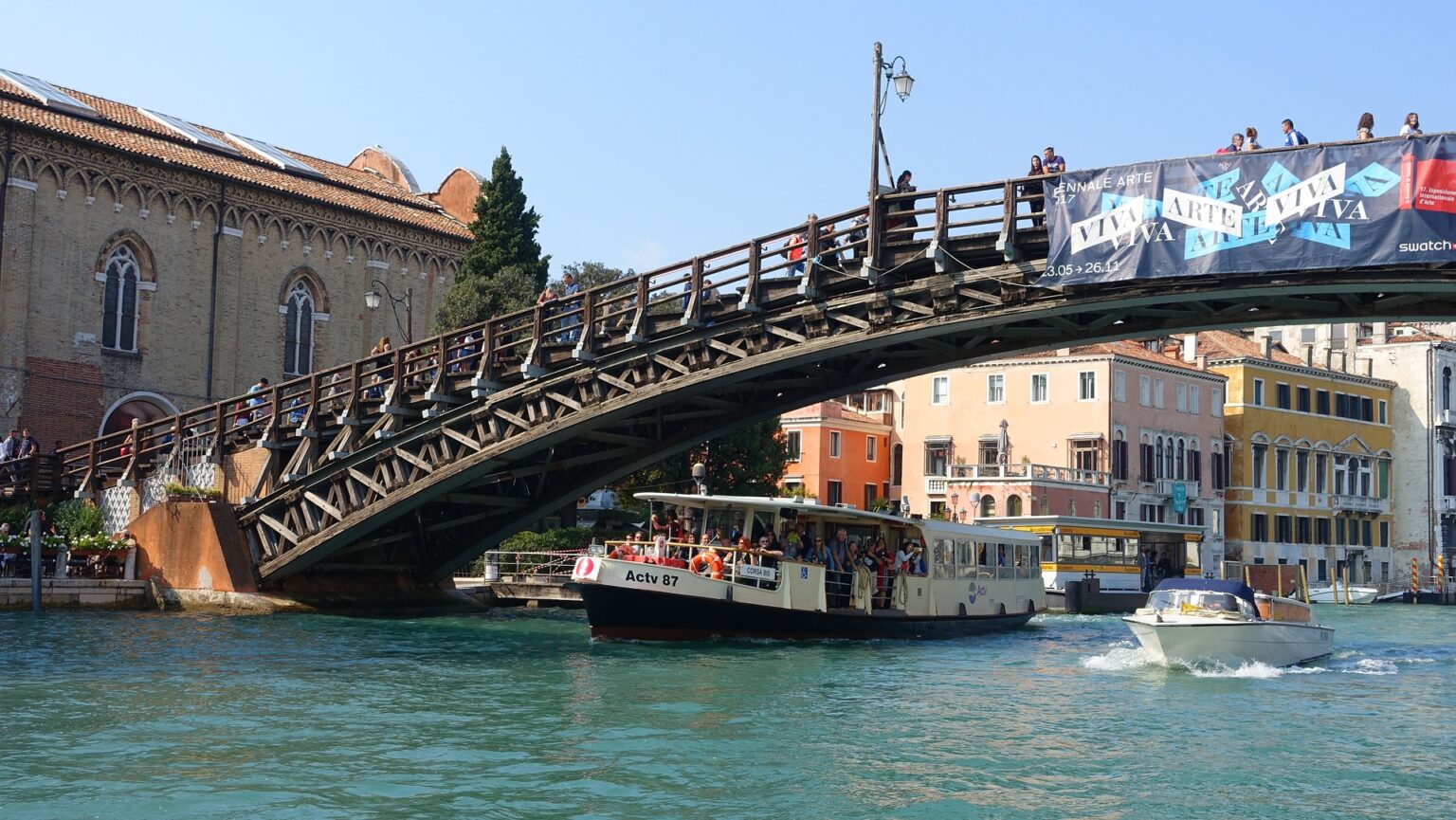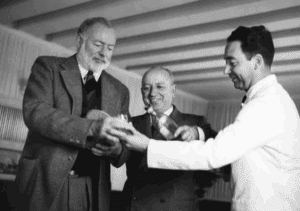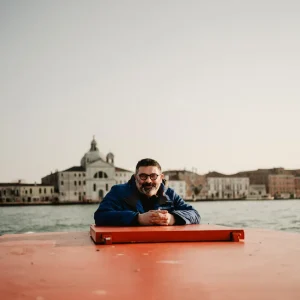Gallerie dell’Accademia, Venice — The Complete Guide to the City’s Most Iconic Art Museum
Discover where Venice’s artistic soul lives. The Gallerie dell’Accademia is more than a museum — it’s a time capsule of Venetian genius, housing masterpieces that shaped the art world. Whether you’re a first-time visitor or an art aficionado, this museum offers an unforgettable journey through the city’s golden centuries.
🎟️ Book Skip-the-Line Tickets to the Accademia Gallery
🏛️ A Brief History of the Gallerie dell’Accademia
The Gallerie dell’Accademia traces its origins back to the 18th century, when the Venetian Republic — facing the decline of its empire — decided to preserve the cultural treasures that defined its identity. It first opened inside the Scuola della Carità, one of the city’s oldest confraternities, which had long been dedicated to charitable works.
In 1750, the Venetian Senate established an art academy to teach and showcase local talent. Over time, its growing collection of paintings and sculptures evolved into a full public museum. When Napoleon arrived in 1807, he reorganized Venice’s art institutions, and the collection officially became the Accademia di Belle Arti di Venezia. From there, the museum grew into one of Italy’s most prestigious cultural landmarks.
Major restorations in the 1950s and 1980s expanded and modernized the space, adding climate control, lighting systems, and new wings to house sculptures and large-scale works. Today, it’s home to over 800 paintings and 200 sculptures — a treasure trove of Venetian history under one roof.
“To understand Venice, you must see it through the eyes of its painters.”
🖼️ The Accademia Collection: What to See
The Gallerie dell’Accademia holds the largest collection of Venetian art in the world, spanning from the 14th to the 18th century. Every room feels like stepping into a different chapter of the city’s story.
- Leonardo da Vinci’s Vitruvian Man — Perhaps the museum’s most famous piece, this drawing epitomizes Renaissance ideals of proportion, harmony, and beauty. Although rarely on display due to its fragility, its presence in the collection is legendary.
- Giorgione’s The Tempest — A mysterious and poetic landscape that continues to puzzle historians. Is it myth, allegory, or pure emotion? Giorgione leaves that up to you.
- Titian’s Presentation of the Virgin in the Temple — A dramatic, color-saturated masterpiece showing why Titian remains one of the undisputed masters of light.
- Giovanni Bellini’s Madonna and Child — Tender and luminous, Bellini’s devotional scenes are emotional portraits of Venetian faith and artistry.
- Paolo Veronese’s Feast in the House of Levi — Monumental in scale and controversy, this 42-foot-long painting caused scandal for its “excessive” liveliness — and cemented Veronese’s fame forever.
- Carpaccio’s St. Ursula Cycle — Narrative storytelling meets delicate detail in these richly illustrated panels from one of Venice’s greatest visual storytellers.
- Wooden Sculpture Collection — Donatello, Jacopo Sansovino, and anonymous craftsmen showcase Venice’s sculptural heritage in delicate, life-sized wooden works.
🎨 Explore the Gallerie dell’Accademia — Get Tickets
🏛️ The Scuola Grande della Carità — The Museum’s Historic Home
The Scuola Grande della Carità is not just a building — it’s the museum’s soul. Designed by Jacopo Sansovino in the 16th century, this Renaissance gem originally served as a charitable organization run by the Confraternity of the Holy Charity. It offered medical care and aid to Venice’s poor, embodying the city’s deep sense of community and devotion.
Over the centuries, it evolved into a center for education and art. By the 18th century, the Scuola became home to Venice’s first art academy. The blend of Gothic austerity and Renaissance grace creates a spiritual calm that perfectly complements the masterpieces it now shelters.
After your visit, take a short walk across the Ponte dell’Accademia for one of the most iconic views in Venice — the Grand Canal shimmering under golden light, with the dome of Santa Maria della Salute in the distance.
🚤 Get Your Vaporetto Pass to Reach the Accademia
🧠 The Genius of Leonardo da Vinci’s “Vitruvian Man”
Few works of art capture the Renaissance spirit like Leonardo’s Vitruvian Man. Drawn around 1490, it portrays a man inscribed within a circle and a square — a symbol of perfect human proportion, based on the writings of the Roman architect Vitruvius.
This single drawing bridges art, science, anatomy, and mathematics. Leonardo’s belief in harmony between man and the universe is expressed through each precise line and measurement. Though rarely displayed, its inclusion in the Accademia’s collection is one of Venice’s greatest cultural honors.
Leonardo’s connection to Venice runs deep. During his time here, he designed defensive plans to protect the Republic and sketched studies of the lagoon’s hydraulics. You can explore more of his Venetian ties in How Venice Was Built on Water.
🎟️ Visiting Tips — From a Real Venetian
- Best Time to Visit: Early morning (9–11 a.m.) or late afternoon. Avoid weekends if possible for a quieter experience.
- Visit Duration: 1.5 to 3 hours, depending on your pace and interest in Renaissance art.
- How to Get There: Take Vaporetto line 1 or 2 to the Accademia stop. The entrance is a short walk from the bridge.
- Combine With: Visit the Peggy Guggenheim Collection across the canal, or continue to Ca’ Rezzonico for 18th-century masterpieces.
And remember — art isn’t just in the museums. Venice itself is a living gallery. After your visit, explore the city’s quiet backstreets with our Off-the-Beaten-Path Orientation Tour to discover where the masters once walked.
✨ Book a Private Art & History Tour with a Local Guide
🖌️ Venice Art Trail — Make It a Full Day of Inspiration
Want to experience the best of Venetian art in one unforgettable day? Here’s a perfect route:
- Start your morning at the Gallerie dell’Accademia.
- Cross the bridge to the Peggy Guggenheim Collection.
- Take the vaporetto down the Grand Canal to Ca’ Rezzonico.
- Finish your day with a Cicchetti & Wine Tour — because even art lovers deserve a Spritz! 🍷
🎟️ Get Your Official Accademia Museum Tickets
🚤 Buy Your Vaporetto Pass — Best for Museum Hopping
💡 Why the Gallerie dell’Accademia Still Matters
Walking through the Accademia is like reading the diary of Venice — from its Byzantine roots to its Renaissance glory. Each painting reveals not just artistic mastery, but a window into how Venetians saw their world: the light, the lagoon, the saints, and themselves.
This museum is more than an attraction; it’s a statement of identity. The Accademia preserves the very DNA of Venice — creative, proud, and endlessly curious.
Ready to experience Venice like never before? Combine art, history, and authentic stories with a passionate local guide.
👣 Discover Venice with Tour Leader Venice
FAQs — Gallerie dell’Accademia, Venice: The Complete Guide
How long does it take to visit the Gallerie dell’Accademia?
Plan at least 1.5 to 3 hours to explore the highlights at a relaxed pace. Art lovers might spend longer, especially admiring works by Titian, Bellini, Veronese, and Giorgione. For a seamless experience, pair your visit with skip-the-line Accademia Museum tickets or a Private Art & History Tour.
What’s the best way to reach the Accademia Gallery?
Take Vaporetto Line 1 or 2 and get off at Accademia stop. From there, it’s a one-minute walk to the museum entrance and the famous Ponte dell’Accademia bridge. To move easily between Venice’s major museums, get your Venice Waterbus & Mainland Bus Pass.
What other art museums should I visit nearby?
Cross the bridge to the Peggy Guggenheim Collection, continue to Ca’ Rezzonico Museum for 18th-century masterpieces, or explore the Scuola Grande di San Giovanni Evangelista for sacred art. You can also finish your day Venetian-style with our Cicchetti & Wine Tour — the perfect way to toast a day of art and inspiration.







